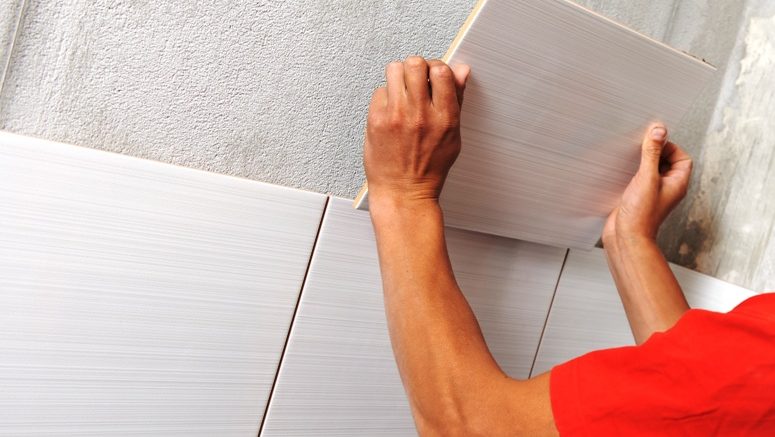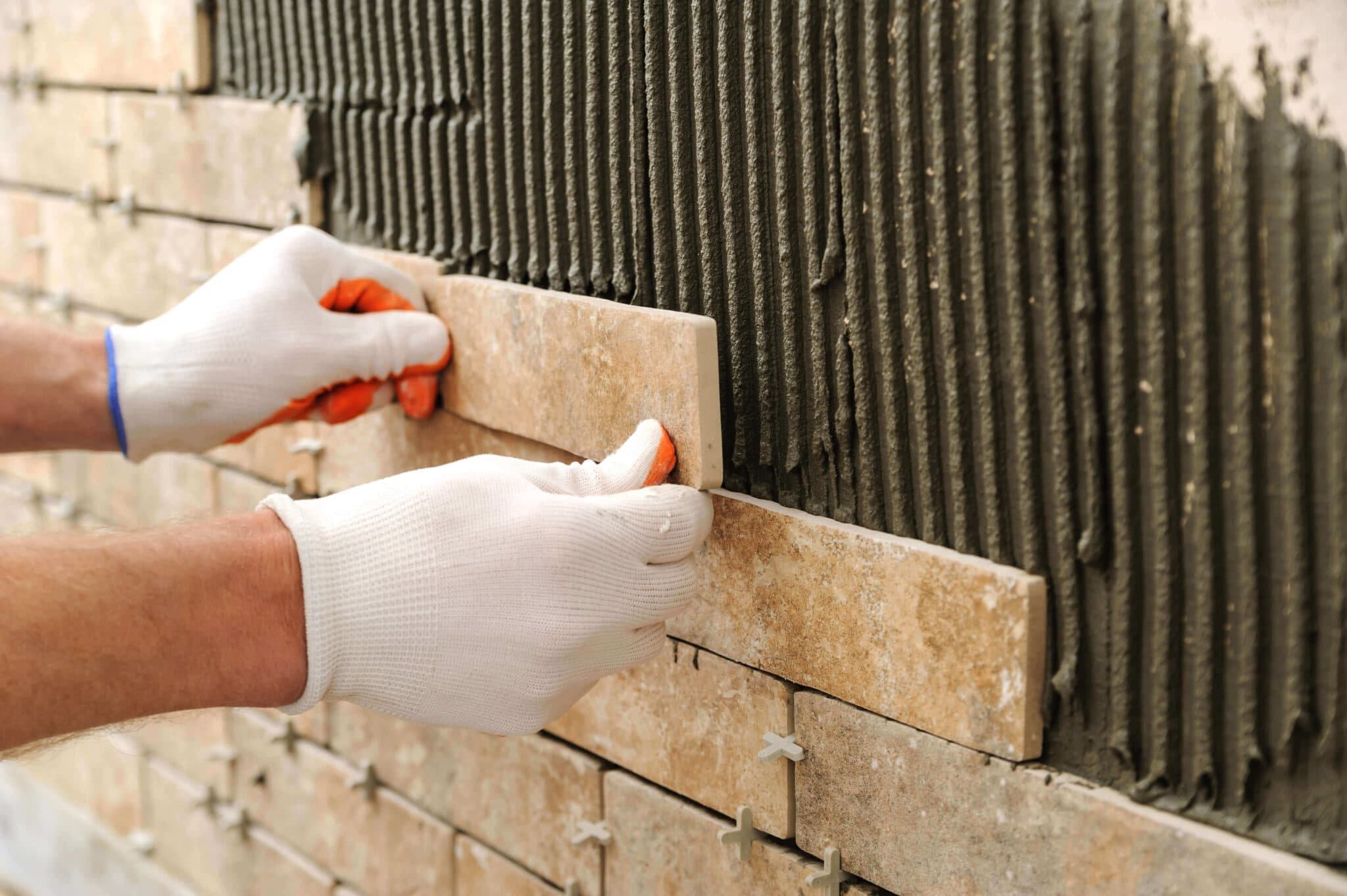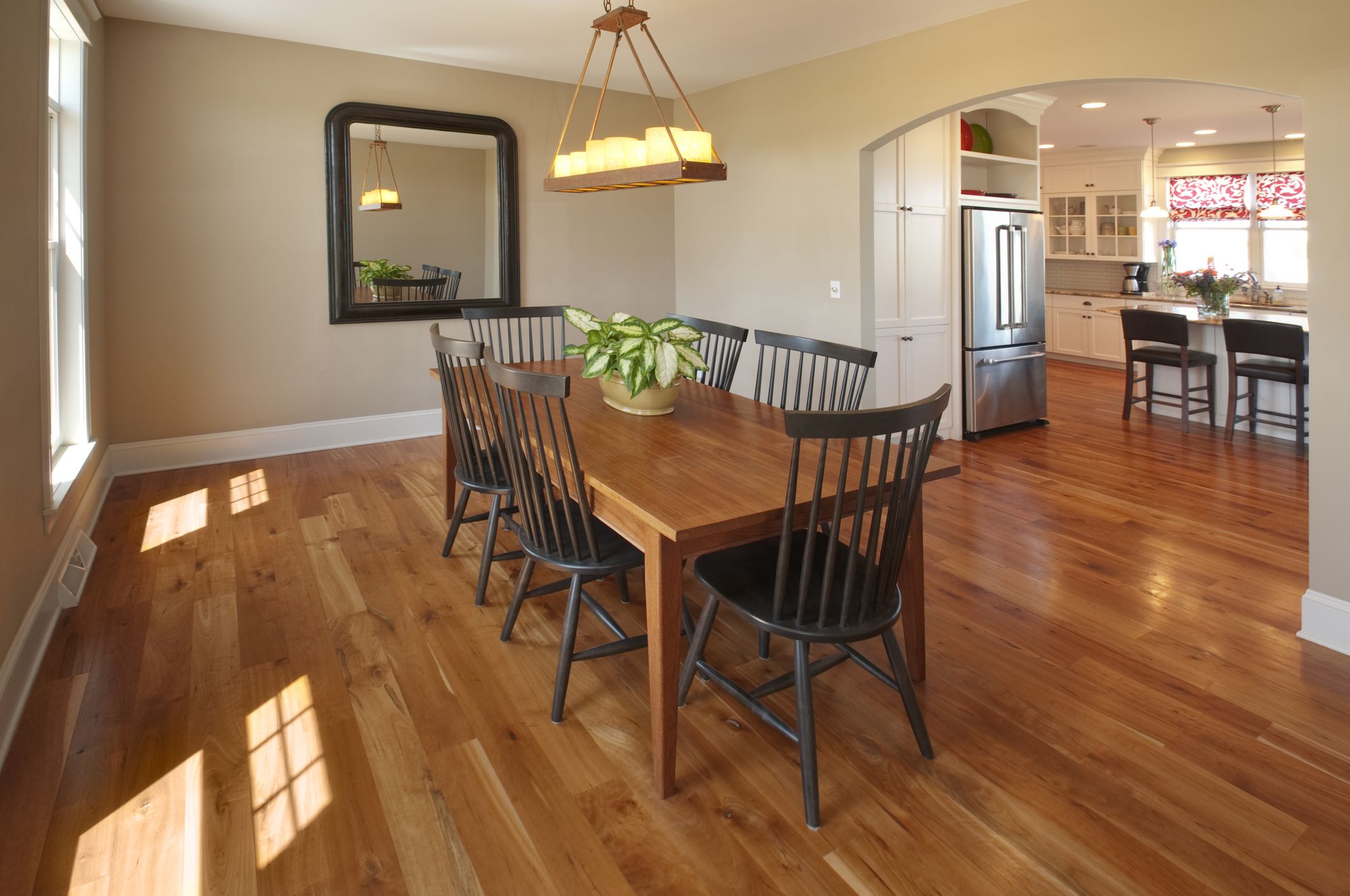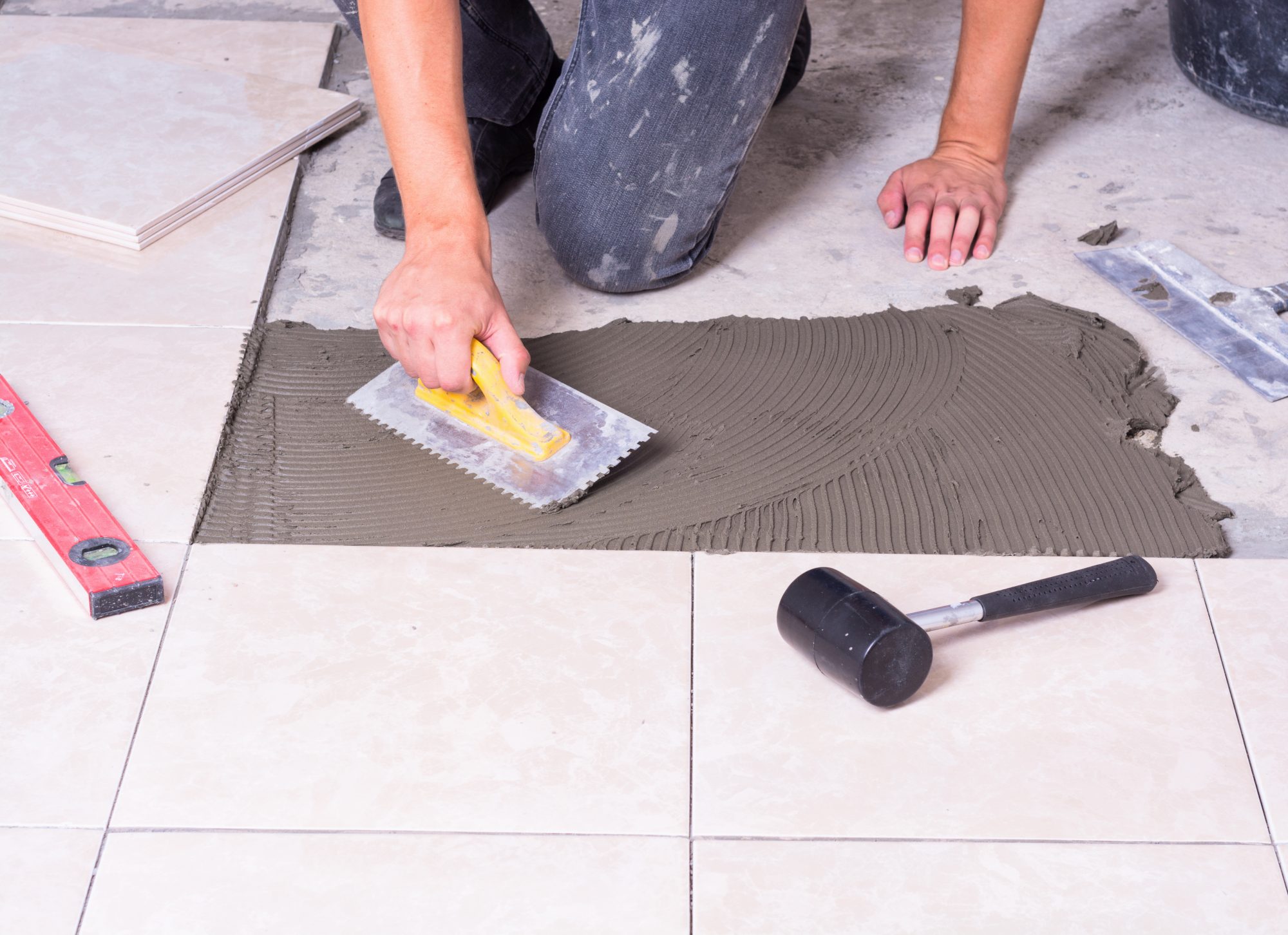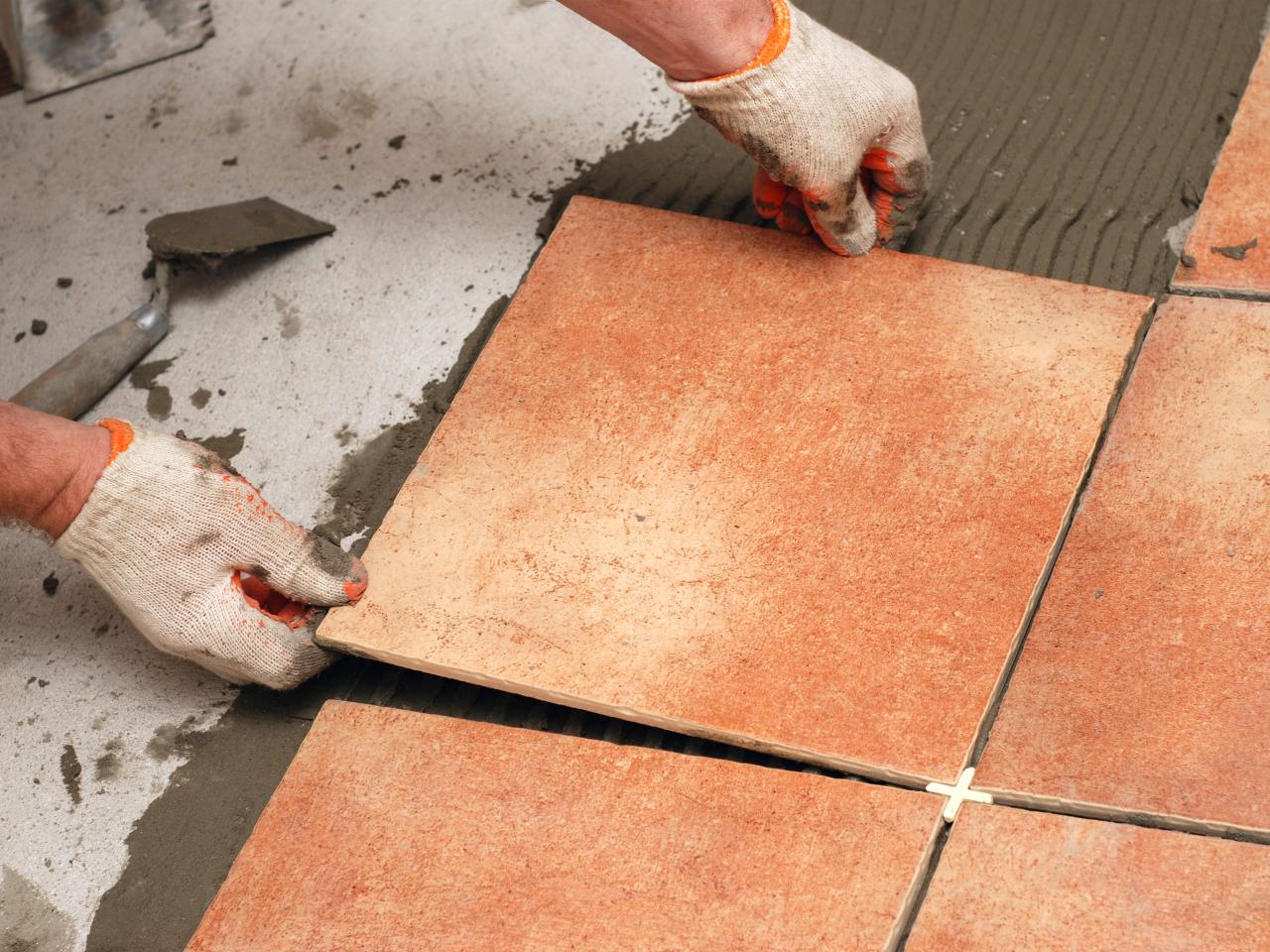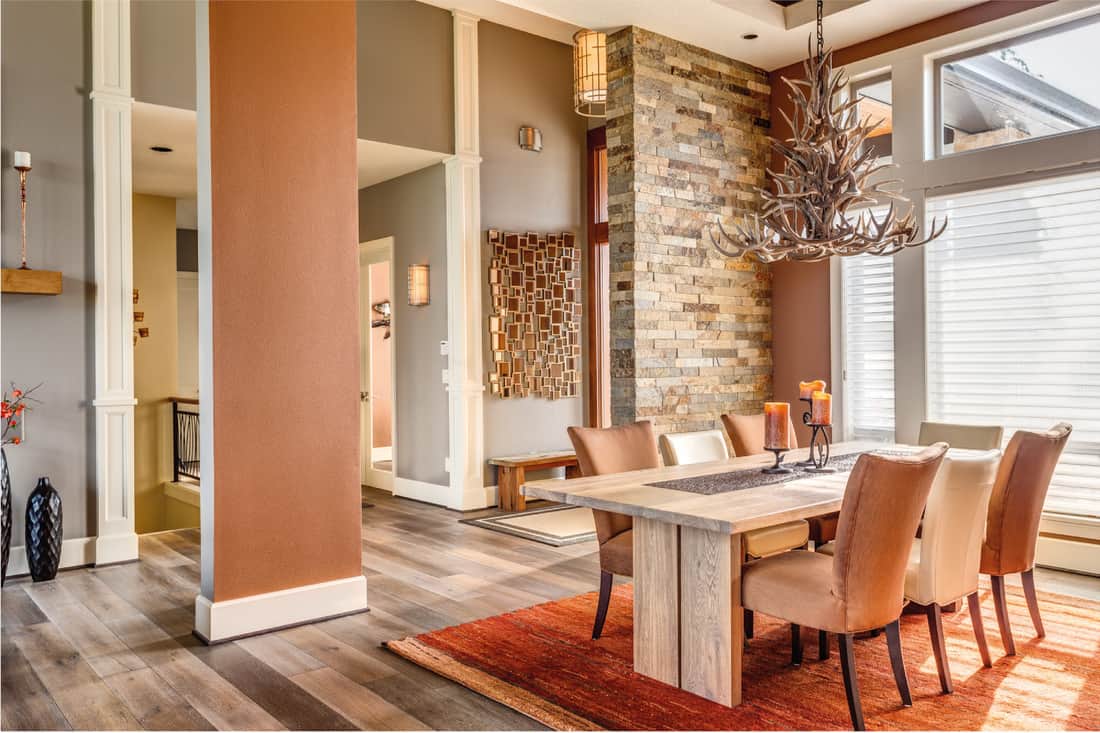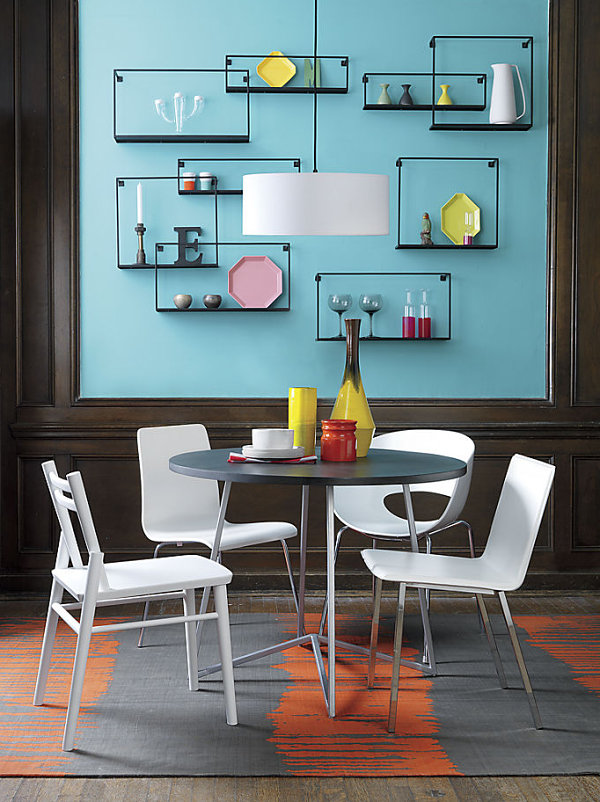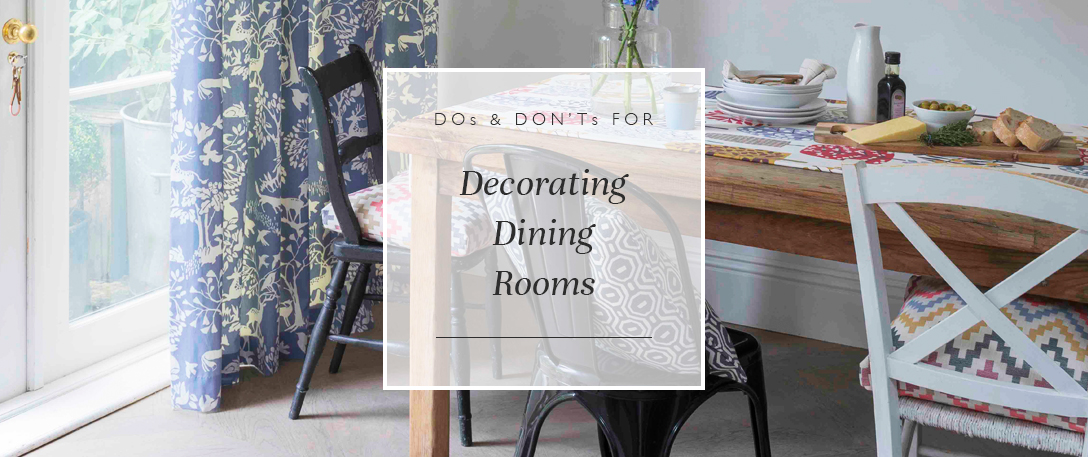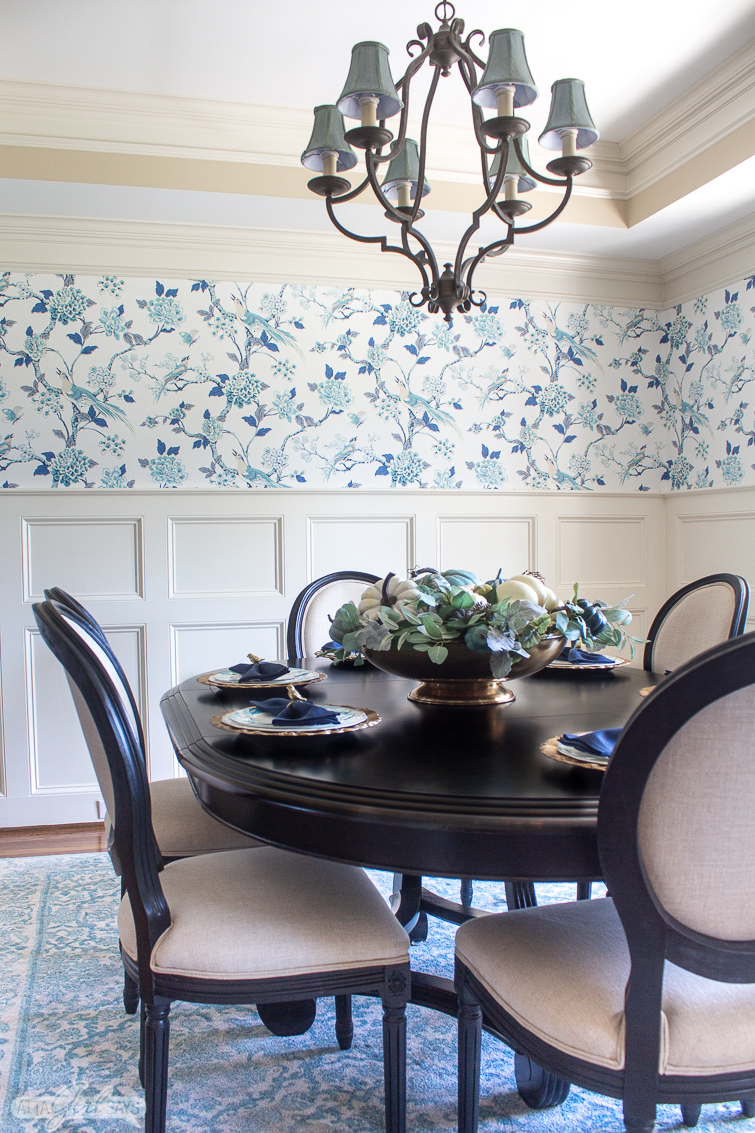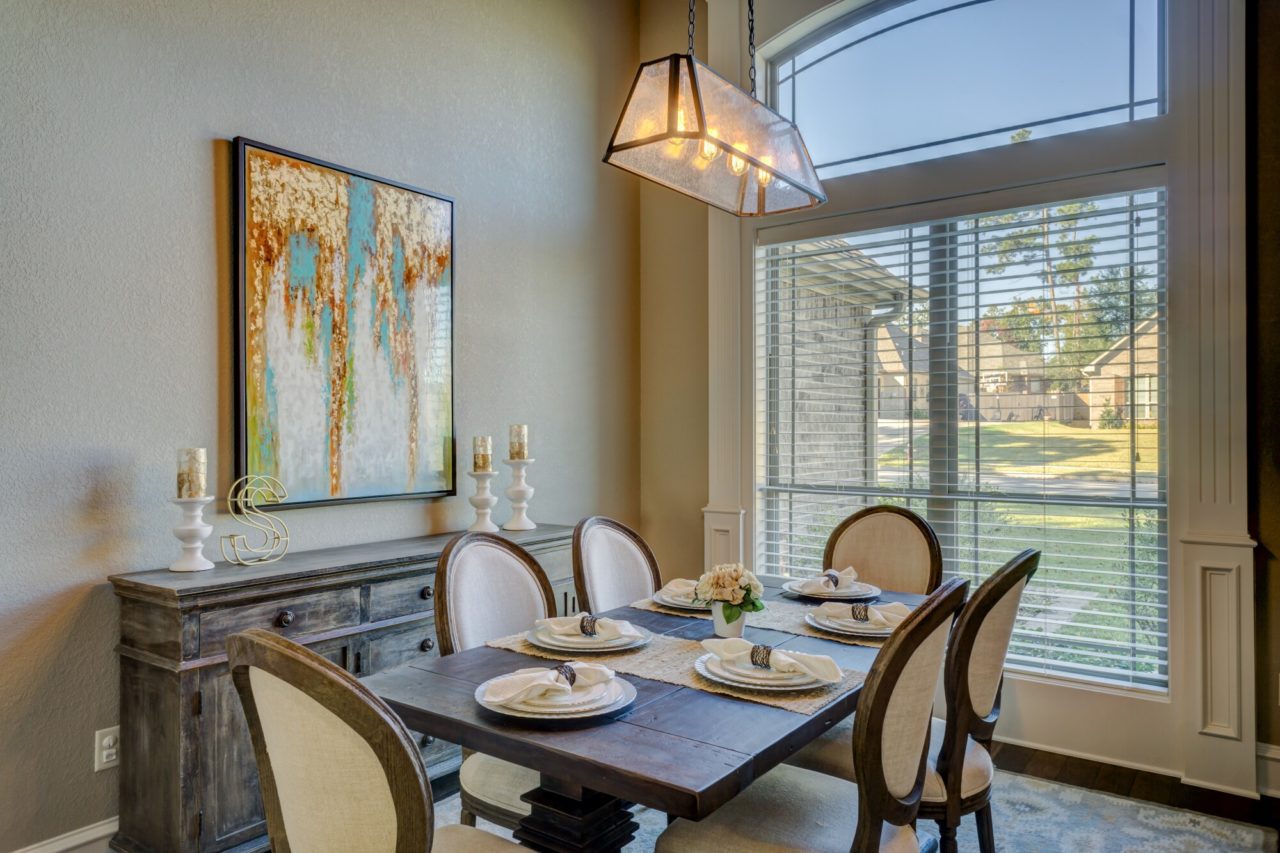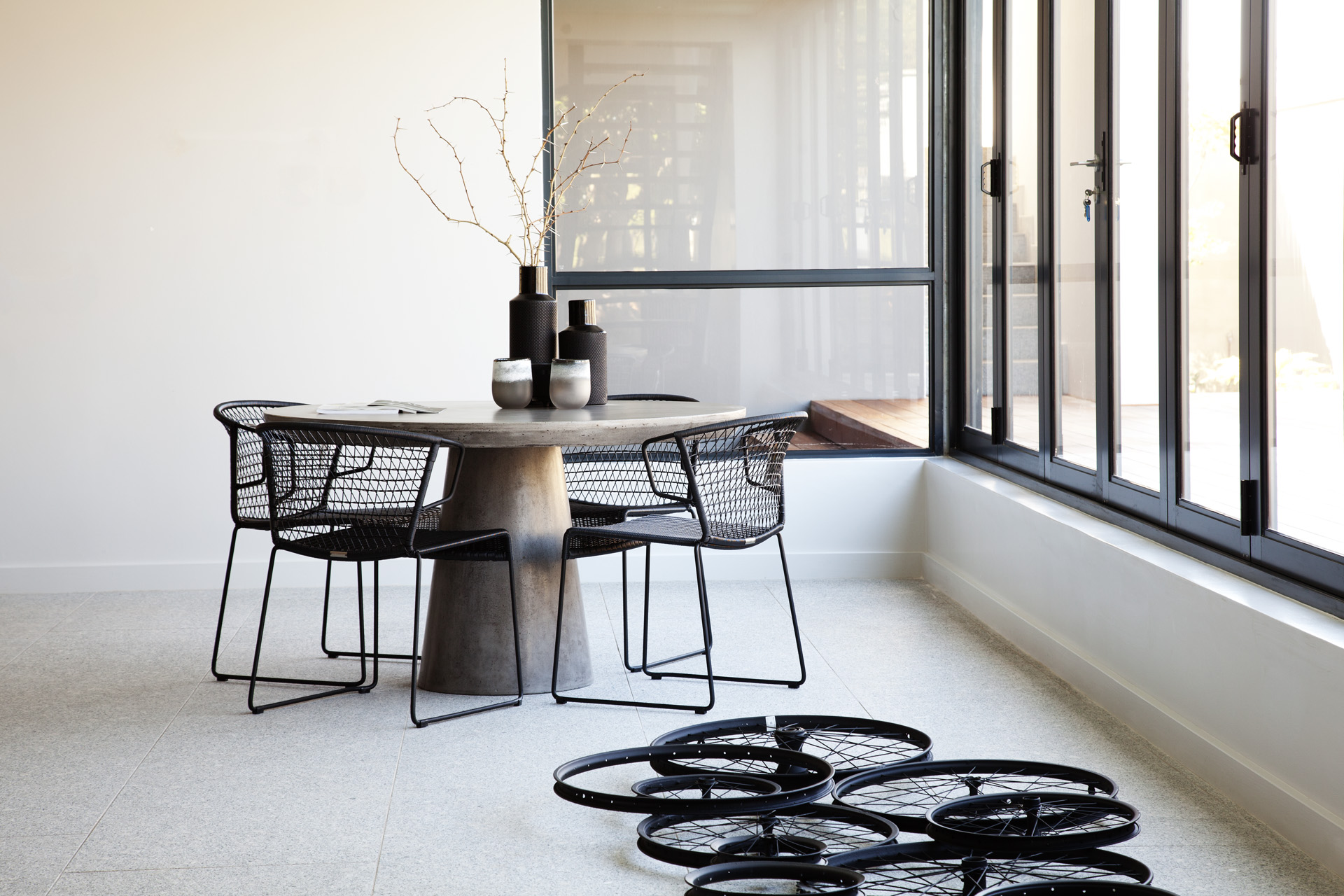When it comes to revamping your dining room, tiling the walls can add a touch of elegance and sophistication. Not only does it provide a beautiful backdrop for your meals, but it also offers practical benefits such as easy maintenance and durability. If you're thinking of tackling this project yourself, here's a step-by-step guide to help you achieve a professional finish. Tiling a Dining Room Wall: A Step-by-Step Guide
The first step in tiling your dining room wall is choosing the right tiles. Consider the style and color scheme of your dining room to ensure the tiles complement the overall aesthetic. You also want to choose tiles that are durable and easy to clean, as the dining room is a high-traffic area prone to spills and messes. How to Choose the Right Tiles for Your Dining Room Wall
Tiling a dining room wall may seem like a daunting task, but with the right tips and tricks, you can achieve a professional finish without hiring a professional. Start by prepping the wall and measuring the space to determine the number of tiles needed. Invest in the right tools, such as a notched trowel and tile cutter, and take your time to ensure each tile is level and evenly spaced. DIY Tiling: Tips and Tricks for a Professional Finish
Aside from adding visual appeal to your dining room, tiling the walls also offers practical benefits. Tiles are moisture-resistant, making them perfect for areas prone to spills and splatters. They are also easy to clean, making them a low-maintenance option for busy households. Plus, with a wide range of colors, patterns, and textures available, you can easily find tiles that fit your desired aesthetic. The Benefits of Tiling Your Dining Room Wall
While classic subway tiles are a popular choice for dining room walls, don't be afraid to think outside the box and get creative with your tiling. Consider using a mix of different tile sizes and patterns to create a unique feature wall. You can also add a pop of color with brightly colored tiles or create a focal point with a decorative mosaic design. Creative Ideas for Tiling Your Dining Room Wall
Proper preparation is crucial for a successful tiling project. Start by cleaning the wall thoroughly to remove any dirt, grease, or residue. If the wall has any imperfections, use a spackling compound to fill them in and sand them down for a smooth surface. It's also important to prime the wall before tiling to ensure the adhesive sticks properly. How to Prepare Your Dining Room Wall for Tiling
While tiling a dining room wall may seem simple, there are a few dos and don'ts to keep in mind to ensure a smooth and successful project. Do take your time and measure carefully. Don't rush and compromise on the quality of your work. Do use the right tools and materials for the job. Don't use cheap adhesive or skip the step of priming the wall. By following these dos and don'ts, you can avoid common mistakes and achieve a professional finish. The Dos and Don'ts of Tiling a Dining Room Wall
When it comes to adding texture and visual interest to your dining room walls, the age-old debate of tiling vs. wallpaper often arises. While both options have their pros and cons, tiling offers more durability and easier maintenance compared to wallpaper. Plus, with the endless design possibilities of tiles, you can achieve a unique and personalized look that wallpaper may not be able to provide. Tiling vs. Wallpaper: Which is Better for Your Dining Room Wall?
Tiling a dining room wall can be a costly project, especially if you opt for high-end or custom tiles. However, there are ways to save money without compromising on quality. Consider using affordable yet durable materials such as ceramic or porcelain tiles. You can also save money by doing the project yourself, rather than hiring a professional. And don't forget to shop around for the best deals on tiles and tools. How to Save Money on Tiling Your Dining Room Wall
To keep your tiled dining room wall looking its best, regular maintenance and cleaning are essential. Start by wiping down the tiles with a damp cloth to remove any surface dirt and grime. For tougher stains, use a mild detergent or a mixture of baking soda and water. Avoid using harsh chemicals or abrasive cleaning tools, as they can damage the tiles. Maintaining and Cleaning Your Tiled Dining Room Wall
Tiling Dining Room Walls: A Stylish Addition to Your Home

Why Choose Tiling for Your Dining Room Walls?
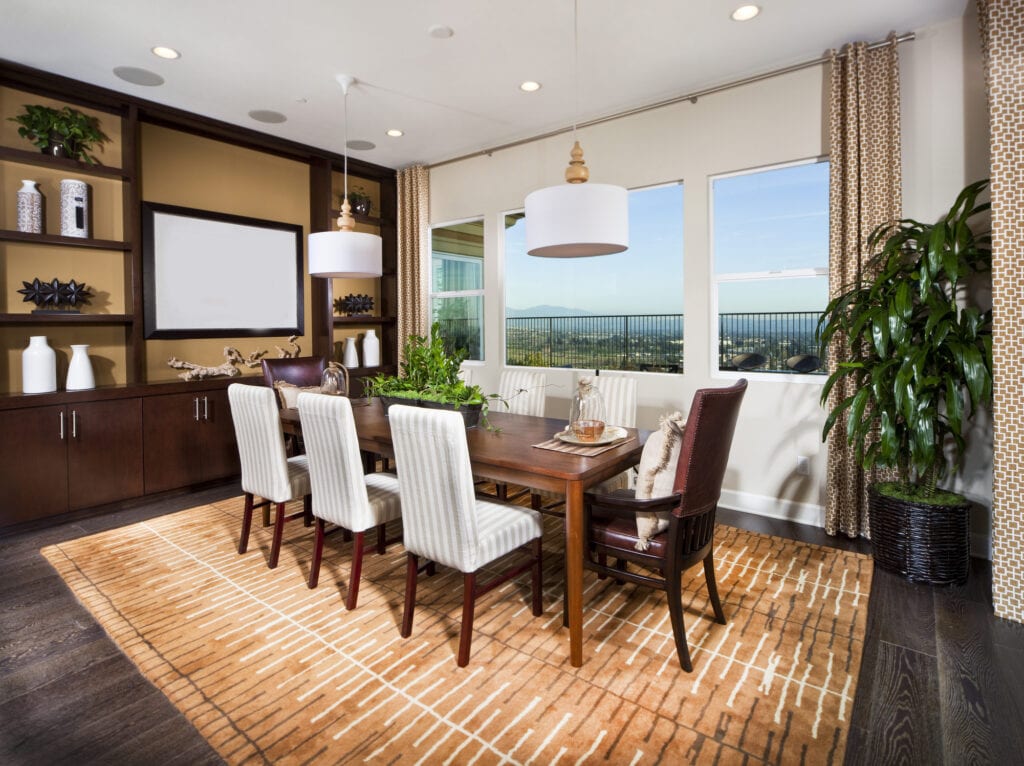 If you're looking to add a touch of elegance and sophistication to your dining room, consider tiling your walls. Not only does it provide a unique and stylish look, but it also offers numerous practical benefits.
Tiling
is a popular choice for kitchen and bathroom walls, but it's often overlooked for dining rooms. However, this versatile material can add texture, depth, and character to your dining space. Plus, with a wide range of colors, patterns, and materials to choose from, you can create a design that suits your personal style and complements your existing decor.
If you're looking to add a touch of elegance and sophistication to your dining room, consider tiling your walls. Not only does it provide a unique and stylish look, but it also offers numerous practical benefits.
Tiling
is a popular choice for kitchen and bathroom walls, but it's often overlooked for dining rooms. However, this versatile material can add texture, depth, and character to your dining space. Plus, with a wide range of colors, patterns, and materials to choose from, you can create a design that suits your personal style and complements your existing decor.
Enhance the Aesthetics of Your Dining Room
 One of the main reasons to consider tiling your dining room walls is to enhance the aesthetics of the space.
Tiles
come in various sizes, shapes, and materials, allowing you to create a unique look that reflects your personal taste. For a modern and sleek look, opt for large, square tiles in a neutral color. If you prefer a more traditional and cozy feel, consider using smaller, rectangular tiles in warm tones.
Tiling
also adds texture to your walls, creating a more dynamic and visually interesting space.
One of the main reasons to consider tiling your dining room walls is to enhance the aesthetics of the space.
Tiles
come in various sizes, shapes, and materials, allowing you to create a unique look that reflects your personal taste. For a modern and sleek look, opt for large, square tiles in a neutral color. If you prefer a more traditional and cozy feel, consider using smaller, rectangular tiles in warm tones.
Tiling
also adds texture to your walls, creating a more dynamic and visually interesting space.
The Practical Benefits of Tiling
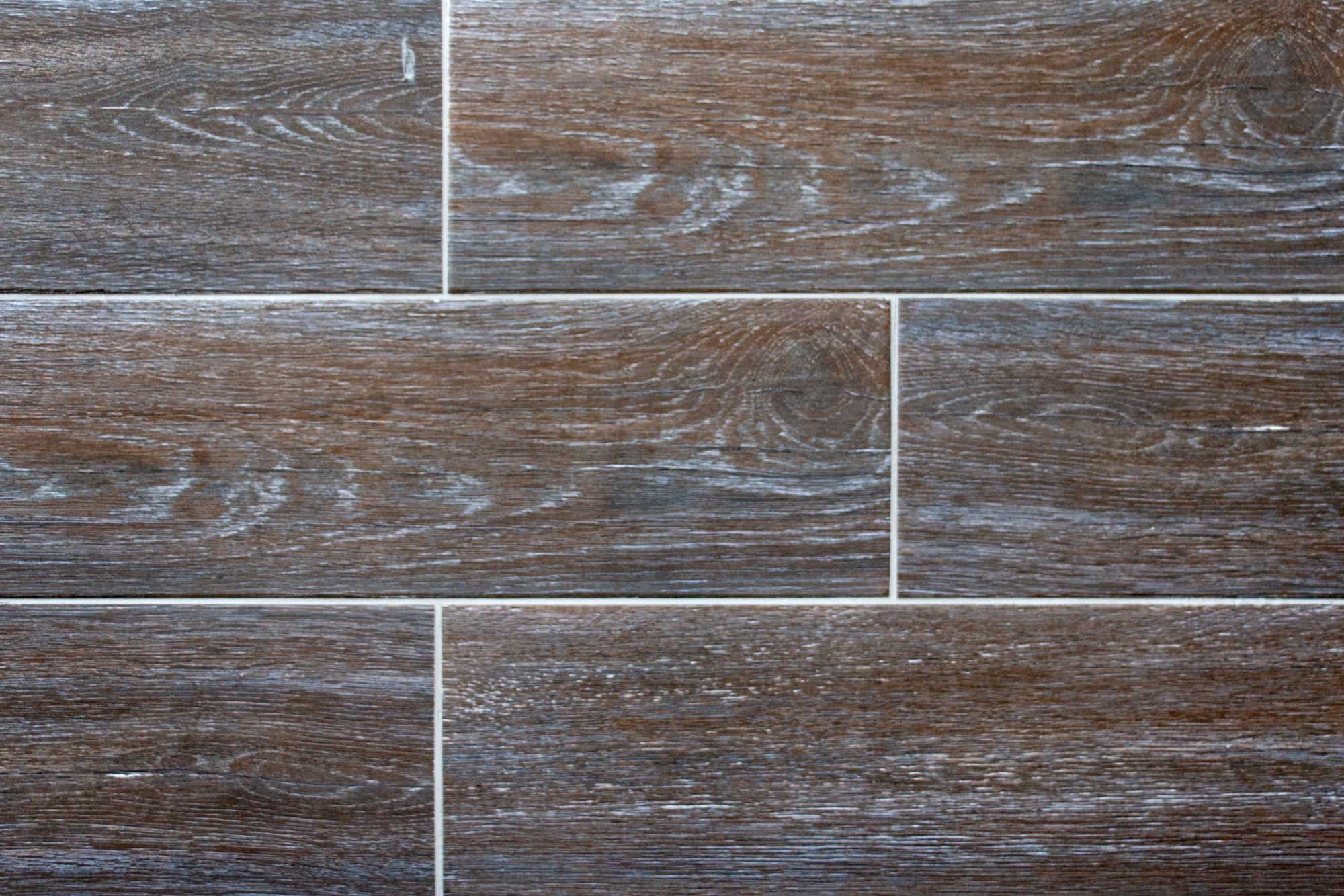 Aside from its aesthetic appeal, tiling also offers numerous practical benefits for your dining room.
Tiles
are easy to clean and maintain, making them an ideal choice for high-traffic areas like dining rooms. This is especially important if you have young children or often entertain guests in your dining space. Additionally, tiles are durable and long-lasting, meaning they can withstand everyday wear and tear. They are also resistant to moisture and stains, making them a great option for dining rooms where spills are common.
Aside from its aesthetic appeal, tiling also offers numerous practical benefits for your dining room.
Tiles
are easy to clean and maintain, making them an ideal choice for high-traffic areas like dining rooms. This is especially important if you have young children or often entertain guests in your dining space. Additionally, tiles are durable and long-lasting, meaning they can withstand everyday wear and tear. They are also resistant to moisture and stains, making them a great option for dining rooms where spills are common.
Bring Your Dining Room to Life with Tiling
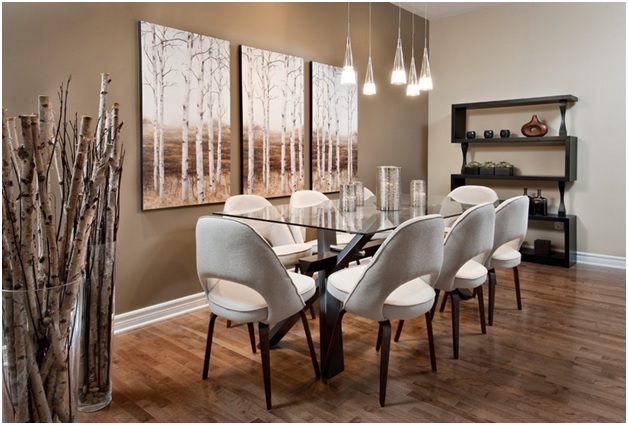 In conclusion,
tiling
your dining room walls can add a touch of style and practicality to your home. With a plethora of design options and practical benefits, it's a great choice for those looking to revamp their dining space. So why not consider tiling for your next home renovation project? With its versatile nature and endless possibilities, you can create a dining room that is both beautiful and functional.
In conclusion,
tiling
your dining room walls can add a touch of style and practicality to your home. With a plethora of design options and practical benefits, it's a great choice for those looking to revamp their dining space. So why not consider tiling for your next home renovation project? With its versatile nature and endless possibilities, you can create a dining room that is both beautiful and functional.



